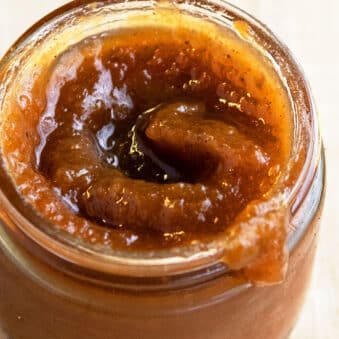
Autumn's Embrace: Butternut Squash Risotto, Well Winterization, and Cozy Knits for Seedlings
The days are drawing shorter, the nights crisper. Just this morning, I awoke to a thin, shimmering layer of frost delicately dusting the pumpkin patch – a beautiful but urgent reminder that winter is indeed on its way. The scramble to bring in the last of the harvest, check the wellhead for potential breaches, and ensure our little seedlings have the best chance of thriving indoors has begun. But amidst the flurry of homestead preparations, there's a quiet comfort to be found in the simple pleasures: the earthy scent of butternut squash roasting in the oven and the promise of a warming meal after a long day of tending to the land. And tonight, that meal is a creamy, comforting Butternut Squash and Sage Risotto.
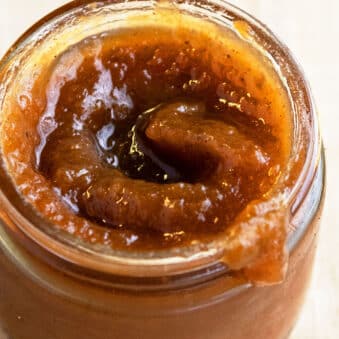
Section 1: Butternut Squash and Sage Risotto - A Taste of Autumn's Warmth
There's something truly special about cooking with ingredients plucked straight from the garden or sourced from local farmers. It's a connection to the land, a celebration of the season's bounty, and a reminder of the simple pleasures in life. This Butternut Squash and Sage Risotto perfectly captures the essence of autumn, offering a comforting and flavorful meal that's surprisingly simple to make. Feel free to adapt the recipe to what you have on hand; that's the beauty of homestead cooking!
Ingredients:
- 1 medium butternut squash (about 2 pounds), peeled, seeded, and cubed into ½-inch pieces
- 6 cups homemade vegetable broth (or low-sodium store-bought), kept warm in a saucepan
- 2 tablespoons extra virgin olive oil
- 1 medium yellow onion, finely chopped
- 2 cloves garlic, minced
- 1 ½ cups Arborio rice
- ½ cup dry white wine (such as Sauvignon Blanc, optional)
- ½ cup freshly grated Parmesan cheese, plus extra for serving
- ¼ cup chopped fresh sage leaves, plus a few whole leaves for garnish
- 2 tablespoons unsalted butter, cut into small pieces
- Sea salt and freshly ground black pepper to taste
Instructions:
- Preheat oven to 400°F (200°C). On a baking sheet, toss butternut squash with 1 tablespoon olive oil, ½ teaspoon salt, and ¼ teaspoon pepper. Roast for 20-25 minutes, or until tender and slightly caramelized, flipping halfway through.
- Warm vegetable broth in a saucepan over low heat, ensuring it simmers gently.
- In a large, heavy-bottomed pot or Dutch oven, heat remaining olive oil over medium heat. Add onion and cook until softened and translucent, about 5 minutes. Add garlic and cook for 1 minute more, until fragrant, being careful not to burn.
- Add Arborio rice and cook, stirring constantly with a wooden spoon, for 1-2 minutes until the rice is translucent around the edges.
- If using, pour in white wine and cook, stirring constantly, until absorbed, about 2-3 minutes. The alcohol scent will dissipate.
- Begin adding warm broth, one cup at a time, stirring constantly and gently scraping the bottom of the pot to prevent sticking. Allow the liquid to be absorbed completely before adding more. Continue until the rice is creamy and al dente, about 20-25 minutes. The risotto should be slightly loose and flow easily.
- Stir in roasted butternut squash, Parmesan cheese, chopped sage, and butter. Season with salt and pepper to taste. Adjust seasoning as needed.
- Serve immediately in warmed bowls, garnished with extra Parmesan cheese and a few whole sage leaves.
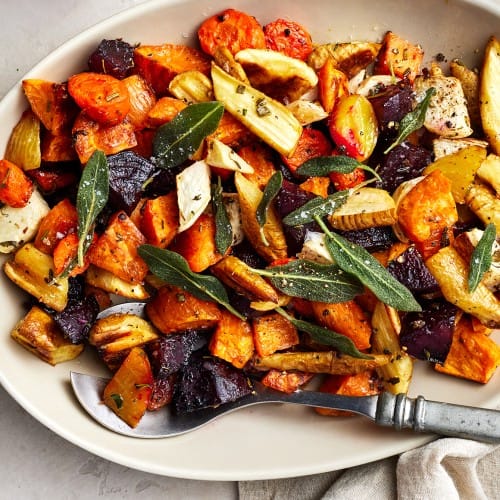
Section 2: Preparing Your Well for Winter: A Crucial Homestead Task
As homesteaders, we understand the importance of self-reliance, and that includes ensuring a safe and reliable water source. Winter can be particularly harsh on well systems, with freezing temperatures leading to cracked pipes and potential contamination. Proactive well maintenance is essential, not only for peace of mind but also for avoiding costly repairs down the road.
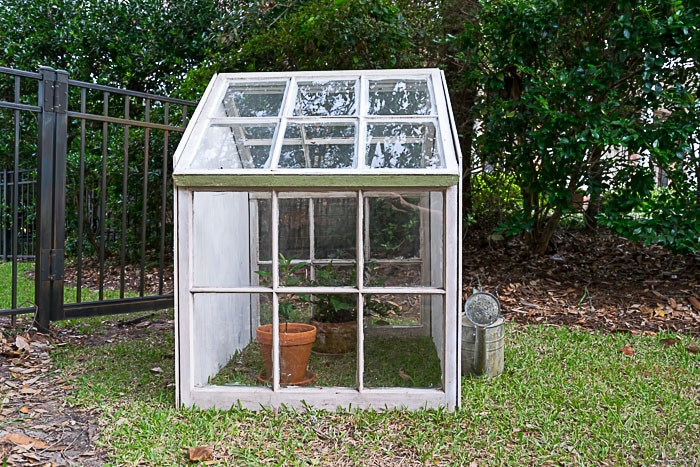
Steps to Winterize Your Well:
- Inspect the Wellhead: The wellhead is your first line of defense. Carefully examine the casing for any cracks, gaps, or signs of damage. Seal any openings or breaches with a waterproof, food-grade sealant to prevent surface water and debris from entering the well. Pay special attention to the point where pipes enter the well casing. This is a critical area for potential leaks.

- Insulate Exposed Pipes: Wrap all exposed pipes leading from the well to the house with UL-listed heat tape designed for pipes, followed by layers of waterproof pipe insulation (foam sleeves). Secure the insulation with weatherproof tape. This will prevent the pipes from freezing and potentially bursting during extreme cold.
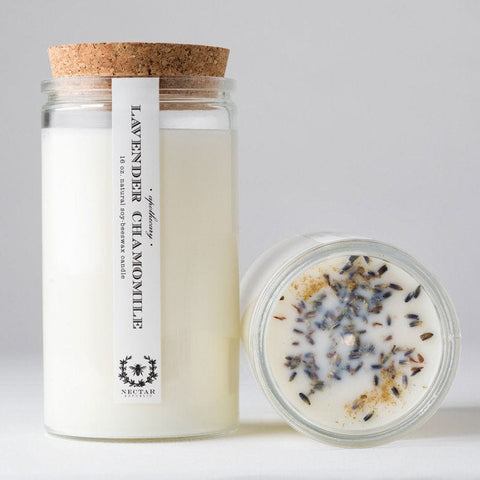
- Protect the Well Pump: If the pump is above ground, construct an insulated box around it using rigid foam insulation boards. Ensure adequate ventilation to prevent condensation build-up inside the box. Cover the box with waterproof material to protect it from snow and rain. If your power goes out, know how to drain your pump system so it doesn't freeze!

Clear Debris: Remove any fallen leaves, branches, or other organic debris from around the wellhead to prevent ice buildup and potential pest infestations. Trim back any overgrown vegetation that could trap moisture against the wellhead.
Monitor Water Levels: Be aware of your well's water level, especially during prolonged periods of extreme cold or drought. Consider implementing water conservation measures inside the home to reduce demand on the well. Check the static water level and pumping water level. Consider getting a low-level shut off switch if you don't have one.
Test your water: After winter is over, and before the growing season starts, take a sample of your water to your local testing agency to ensure safe water. Ensure your water is safe to drink before watering your spring crops.
Section 3: Cozying Up the Homestead: Knitted Seedling Starter Pot Cozies
As the days grow shorter, the focus shifts to indoor gardening. Giving our seedlings a warm and consistent environment is key to their success. These knitted seedling starter pot cozies not only provide warmth and insulation but also add a touch of homespun charm to our indoor gardening space. It's a simple project that brings joy and function together!
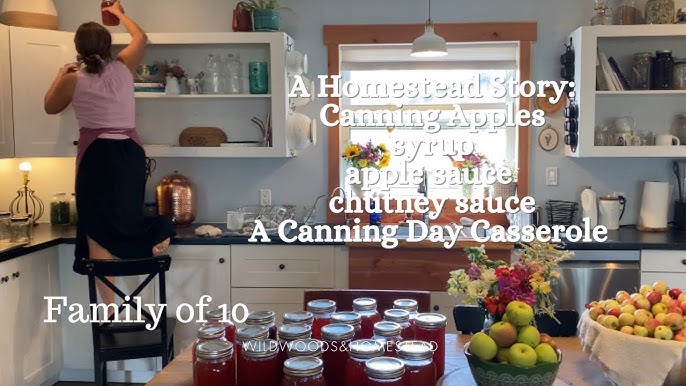
Materials:
- Approximately 50 yards of worsted weight wool yarn in a natural, earthy tone (e.g., brown, gray, cream)
- Size US 7 (4.5 mm) double-pointed knitting needles
- Scissors
- Yarn needle for weaving in ends
Instructions:
- Cast on 36 stitches using a long-tail cast on method. Divide the stitches evenly among three double-pointed needles (12 stitches per needle). Join to work in the round, being careful not to twist the stitches.
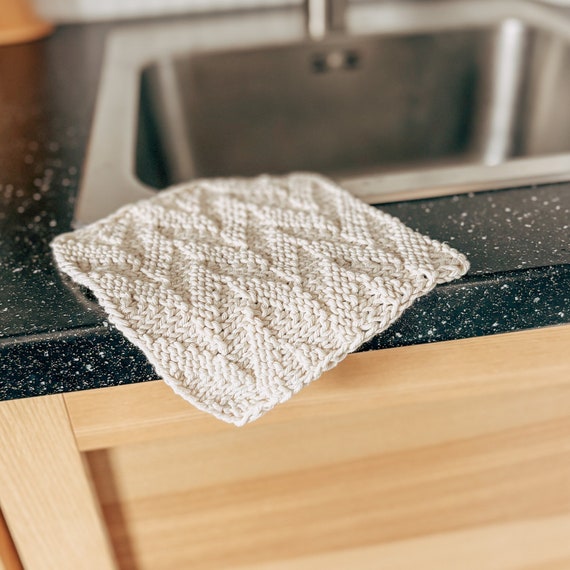
- Knit in garter stitch (knit every round) for approximately 10 inches, or until the cozy reaches the desired height to cover the sides of your seedling starter pot. Garter stitch is very simple and forgiving, so it's an easy project for beginners.

- Bind off all stitches loosely to create a stretchy edge.
- Cut the yarn, leaving a tail of about 6 inches. Thread the yarn tail onto the yarn needle and weave in the ends securely on the inside of the cozy.
- Place the cozy around a seedling starter pot to provide insulation and warmth, helping to retain moisture and promote healthy seedling growth.
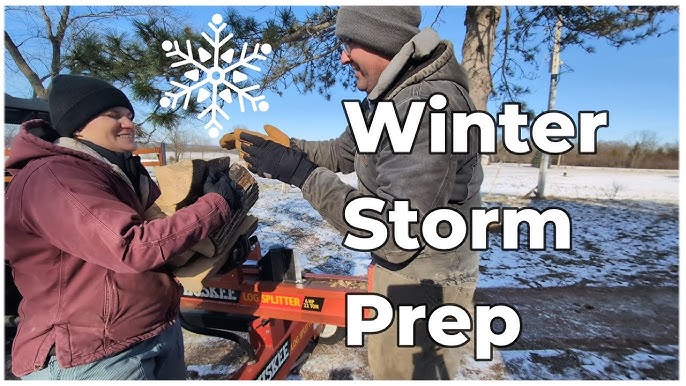
Closing Reflection
Preparing the homestead for winter is more than just a series of tasks; it's an act of love and a deliberate choice to embrace a more self-sufficient way of life. From savoring the last of the harvest to protecting our water source and nurturing our seedlings, each step is a testament to our connection to the land and our commitment to providing for ourselves and our families. As the snow begins to fall, we can take comfort in knowing that we've done our best to create a warm, safe, and sustainable haven.
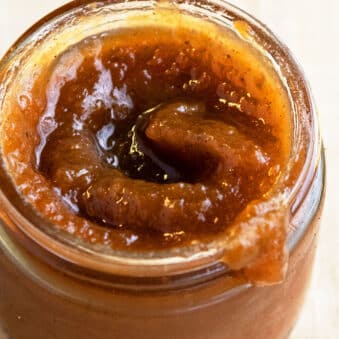
What are your favorite fall recipes or winter preparation tips? Share them in the comments below – we'd love to hear from you and learn from your experiences!
KEYWORDS: homesteading, self-sufficiency, seasonal living, butternut squash risotto, well maintenance, knitting, seedling pot cozy, winter preparation, sustainable living, organic gardening, country living, cozy living, winterizing, homesteading projects, fall harvest, vegetarian recipe, seed starting, homesteading skills.
SEO KEYWORDS:
PRIMARY KEYWORDS:
- Butternut Squash Risotto Recipe
- Well Winterization Guide
- Seedling Winter Protection
SECONDARY KEYWORDS:
- Homestead Autumn Recipes
- Protecting Well From Freezing
- DIY Seedling Cozies
- Organic Butternut Squash Recipes
- Preparing Well for Winter
- Knitted Seedling Covers
- Autumn Homesteading Tips
LONG-TAIL KEYWORDS:
- Best Way to Winterize a Well
- Homemade Butternut Squash Risotto Recipe Easy
- DIY Knitted Seedling Cozies Pattern
- How to Protect Seedlings from Frost
- Winterize Well Water System Checklist
- Butternut Squash Risotto with Sage and Parmesan
- Affordable Well Winterization Techniques
- Easy Knitting Projects for Seedlings
LSI KEYWORDS:
- Water Well Maintenance
- Vegetable Garden Protection
- Cold Frame Alternatives
- Aromatic Herbs
- Rustic Recipes
- Insulation
- Frost Protection Fabric
QUESTION-BASED KEYWORDS:
- How do I protect my well from freezing in the winter?
- What is the best butternut squash risotto recipe?
- What is the best way to keep seedlings warm in winter?
- How often should I water my plants with a seed starter kit for winter?